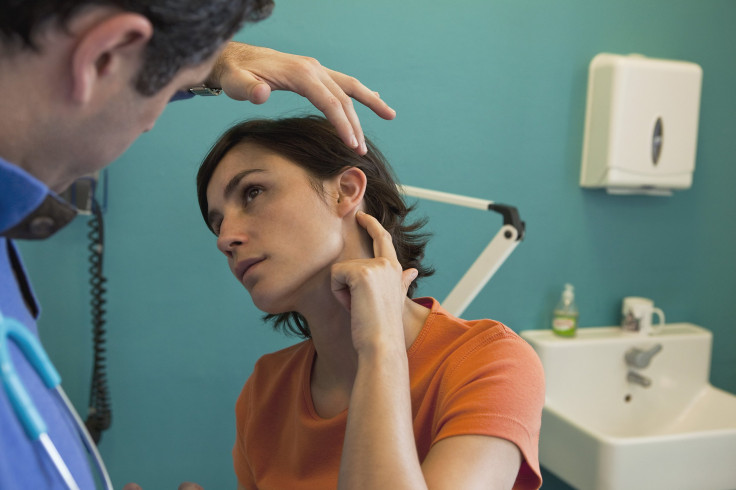The ‘Transformative’ Technique Of Growing Human Ears With Fat Stem Cells

Centuries ago, it would have been considered a miracle or a magical power to “heal” someone by growing one of their body parts back. Now, we’re able to do just that: The remarkable ability of stem cells to rebuild and regenerate tissue leaves us with countless new avenues in medicine. Now, scientists at Great Ormond Street Hospital in London have developed a new technique that can reconstruct a human ear using fat stem cells.
The stem cells are essentially placed into an ear-shaped mold, where they naturally sculpt themselves into an ear shape. It’s then implanted into the child who may be suffering from a disfigured ear.
This particular method involves mesenchymal stem cells, which are extracted from fat, or adipose, tissue. One of the most beneficial aspects of this method is the fact that the fat tissue is able to regenerate, which prevents any defects from occurring; it’s something that doctors believe has the potential to be “transformative,” despite needing more work to develop safely and properly. “Obviously we are at the beginning of this, the next step will be to perfect just the choice of materials and to develop this further,” Dr. Patrizia Ferretti, one of the project’s researchers, told the BBC.
Researchers were able to create the form of the ear using a polymer nano-scaffold, into which stem cells are placed, then chemically induced to become chondrocytes, or cartilage cells. They grow into the scaffold, creating the shape of the ear. “Cellularized scaffolds integrate much better than fully synthetic implants,” Ferretti told Gizmag, “which are more prone to extrusion and infection.”
This technique would be useful for people who have microtia, a congenital deformity that leaves ears undeveloped. Currently doctors extract cartilage from children’s ribs, sculpt it to resemble an ear, and impant it. This is problematic, however, because the rib cartilage from which samples are extracted never fully recovers. Instead of multiple operations, the new technique would simply involve taking a small sample of fat from the child and growing stem cells from it.
“One of the main benefits in using the patient’s own stem cells is that there is no need for immune suppression which would not be desirable for a sick child, and would reduce the number of severe procedures a child needs to undergo,” Ferretti told Gizmag. She hopes the technique could be used in other reconstructive surgery for both adults and children. However, other experts are aware that this method would need plenty of further testing to ensure that it’s safe. Stem cells have been used for bone marrow transplants, but the use of fat stem cells does not have the same “safety record,” Professor Martin Birchall at University College London, told the BBC.



























